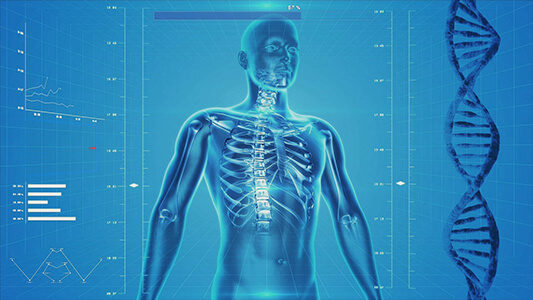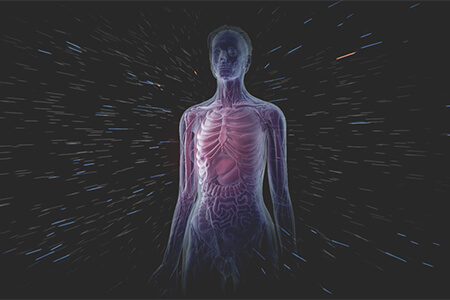This is a lesson summary. The full lesson can be viewed by purchasing an online course subscription.
Learning Objective
In this lesson we will overview the different human body systems, in particular, the nervous system, endocrine system and lymphatic system.
Learning Outcomes
By the end of this lesson you will be able to:
- List the basic inputs and outputs required by living organisms.
- Describe the general characteristics of living organisms.
- Briefly describe the functions of the different human body systems, in particular, the nervous system, endocrine system and lymphatic system.

(Image: Public Domain Pictures)
Lesson Summary
- The human body requires:
- Input of water, nutrients and oxygen.
- Output of waste.
- Constant temperature and pressure.
- Characteristics of humans (and all living things) include movement, responsiveness, respiration, digestion, absorption, circulation, assimilation, excretion, growth and reproduction.
- A body system is a group of organs that collectively performs an overall function.
- The 11 main body systems are the skeletal system, muscular system, integumentary system, respiratory system, digestive system, circulatory system, excretory system, lymphatic system, reproductive system, nervous system and endocrine system.
- The nervous system and the endocrine system work together to coordinate and regulate the other body systems.
- The nervous system acts quickly and produces short-term effects. It uses electrical signals called nerve impulses, which travel via nerve cells.
- The endocrine system acts slowly and produces long-term effects. It uses chemical signals called hormones, which travel via the bloodstream.
- The lymphatic system forms part of the body’s immune response by protecting the body against pathogens which cause disease.

(Image: NASA)
(Header image: magicmine, Adobe Stock)
